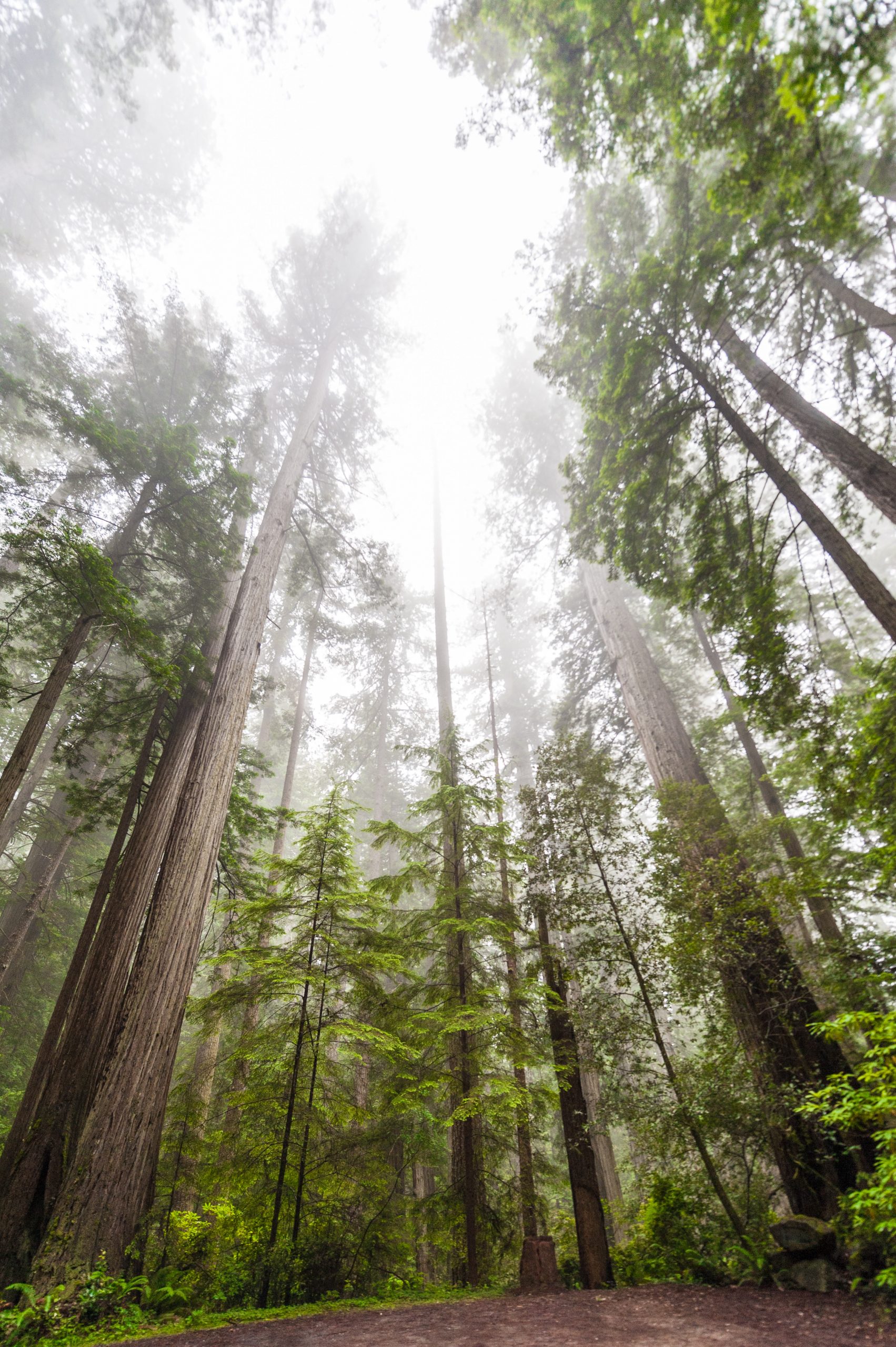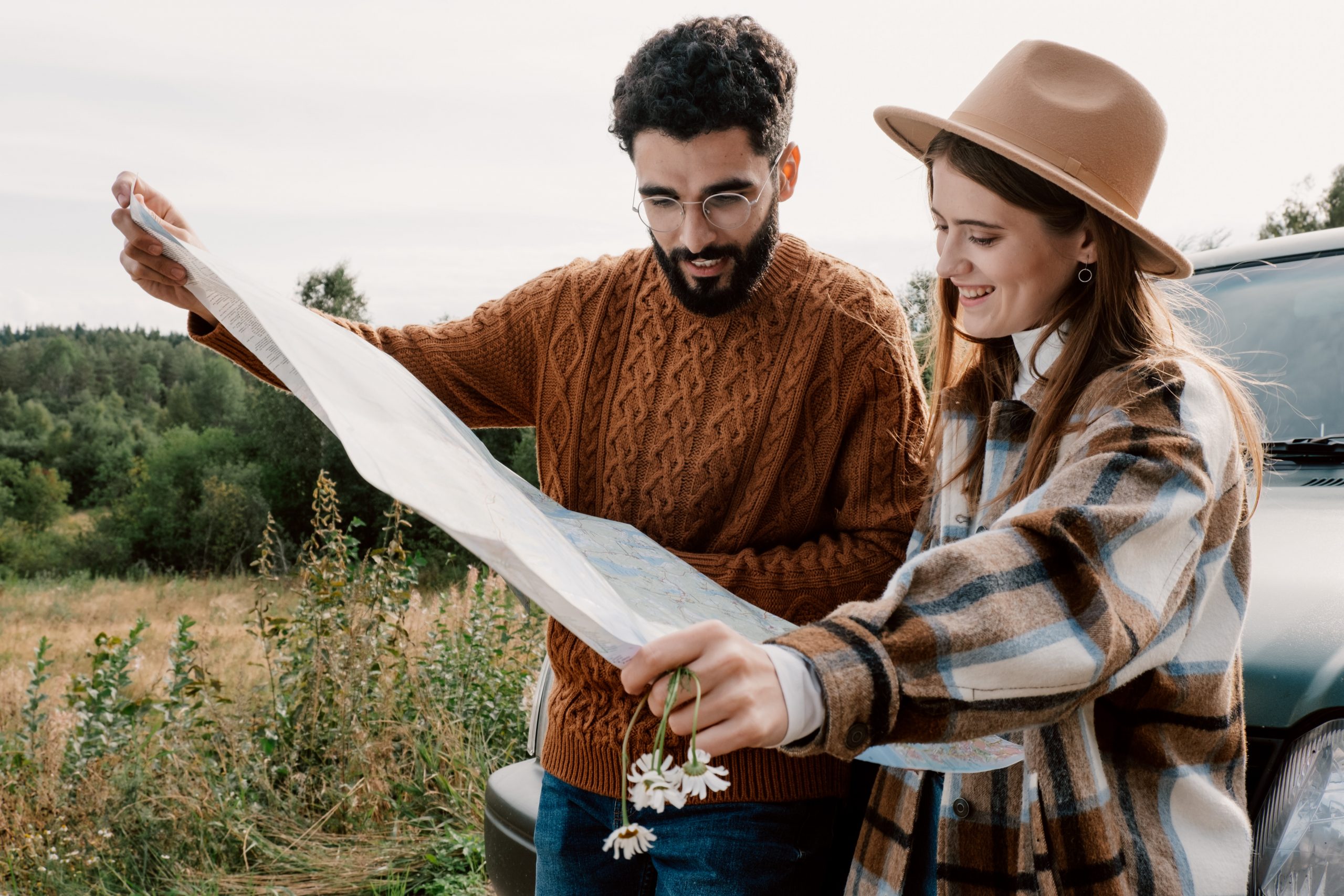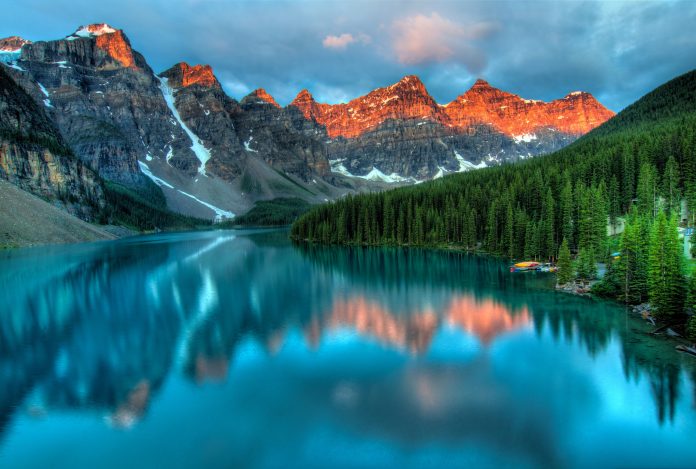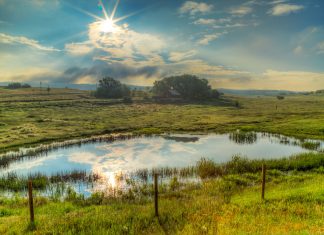private INTRODUCTION
National parks are some of the most beautiful and diverse areas in the United States. They offer visitors the opportunity to explore and experience nature in its most raw and unspoiled form. For first-time visitors, the prospect of visiting RV Campsite Allegheny National Forest or a national park can be both exciting and overwhelming. This guide will provide some tips and information to help make your first national park visit a success. From planning your trip, to choosing the right park, to enjoying the park’s many activities and attractions, this guide will provide you with everything you need to know to make the most of your visit. So pack your bags, grab your hiking boots, and get ready to experience the beauty and wonder of America’s national parks!
When planning your trip, it’s important to consider the time of year you’ll be visiting. National parks can be very different depending on the season. For example, Yosemite National Park in California is a popular destination in the summer, but can be quite cold and snowy in the winter. Other parks, like Joshua Tree National Park, are best visited in the spring or fall when the temperatures are milder.
It’s also important to consider the location of the park and how you will get there. Some parks are easily accessible by car, while others may require a long hike or boat ride to reach. Be sure to check the park’s website for information on transportation and accessibility. Navigate the waters in our brand new boat models available on ZeBoats. Unleash the thrill of exploration with our cutting-edge designs and technologies.
When choosing a park, think about what activities and attractions you’re most interested in. Some parks are known for their hiking and backpacking opportunities, while others may have excellent bird-watching or wildlife viewing. Many parks also have educational programs and ranger-led tours that can provide a deeper understanding of the park’s history and ecology.
Once you’re at the park, be sure to follow all safety guidelines and rules. This includes staying on designated trails, respecting wildlife, and being aware of any potential hazards such as severe weather or flash floods.
Finally, remember to take your time and enjoy the park. National parks are meant to be experienced and savored, not rushed through. Take time to hike, camp, photograph, or simply sit and take in the scenery. With a little planning and a sense of adventure, your first visit to a national park will be an unforgettable experience.
BRIEF OVERVIEW OF THE NATIONAL PARKS SYSTEM IN THE UNITED STATES
The National Parks system in the United States is a network of protected areas that are managed by the National Park Service, an agency of the Department of the Interior. The parks are established by Congress and are meant to preserve natural, cultural, and historical resources for the benefit and enjoyment of the public. There are currently 61 national parks in the system, which are located throughout the country and include a diverse range of landscapes and ecosystems, from mountains and deserts to beaches and forests. Some of the most famous national parks include Yellowstone, Yosemite, and the Grand Canyon. In addition to the national parks, there are also many other types of protected areas within the National Parks system, such as national monuments, historical sites, and recreational areas. The National Parks system is often considered one of America’s greatest treasures and is visited by millions of people each year.
The National Parks system was created in 1916 with the establishment of Yellowstone National Park, which was the first national park in the world. Since then, the system has grown to include a wide variety of unique and beautiful natural, cultural, and historical sites. Some of the most popular national parks include Yosemite, which is known for its towering granite cliffs and waterfalls, the Grand Canyon, which is a stunning natural wonder with colorful rock formations and deep canyons, and Yellowstone, which is home to geysers, hot springs, and a wide variety of wildlife.
In addition to the national parks, the National Parks system also includes other types of protected areas such as national monuments, historical sites, and recreational areas. National monuments, for example, are areas that are set aside to protect important historical, cultural, or natural resources. Some examples of national monuments include the Statue of Liberty, the White Sands National Monument and the Grand Staircase-Escalante National Monument.
The National Parks system is also home to a wide variety of wildlife and plant species. Many of the parks are designated as wilderness areas and provide important habitat for threatened and endangered species. In addition, many of the parks are also home to unique and diverse ecosystems, such as the Joshua Tree National Park and the Everglades National Park.
Visiting the national parks is a popular pastime in the United States and many people plan their vacations around visiting one or more of the parks. The National Park Service provides a variety of recreational opportunities, such as hiking, a camp site, private fishing charter, and wildlife viewing, and also offers educational programs and ranger-led activities. The National Parks system is also a major contributor to the economy, with many local communities depending on the tourism generated by the parks.
In summary, the National Parks system in the United States is a network of protected areas that are managed by the National Park Service, an agency of the Department of the Interior. The parks are established by Congress and are meant to preserve natural, cultural, and historical resources for the benefit and enjoyment of the public. The National Parks system is often considered one of America’s greatest treasures and is visited by millions of people each year.
IMPORTANCE OF NATIONAL PARKS FOR CONSERVATION AND RECREATION

National Parks play an important role in conservation and recreation.
In terms of conservation, the National Parks system helps to preserve and protect unique and valuable natural, cultural, and historical resources. Many of the parks are home to unique and diverse ecosystems, and provide important habitat for threatened and endangered species. The National Parks also help to protect and preserve important historical and cultural sites, such as battlefields and ancient ruins. Additionally, many of the parks are designated as wilderness areas, which provide opportunities for visitors to experience nature in its most pristine state.
In terms of recreation, the National Parks offer a wide variety of opportunities for visitors to enjoy the outdoors. Visitors can hike, camp, fish, and wildlife view in many of the parks. The National Park Service also offers educational programs, ranger-led activities and visitor centers to help visitors learn more about the parks and the resources they protect. Many of the parks are also popular for scenic drives, picnicking, and other recreational activities, making it a great destination for families and visitors of all ages.
The National Parks also contribute to the economy by generating tourism. Many local communities depend on the tourism generated by the parks, with visitors staying in local hotels, eating at local restaurants, and buying souvenirs and other items from local businesses. The National Parks also support jobs and businesses in the areas surrounding the parks, such as outfitters, guides, and other service providers.
In summary, National Parks play a critical role in protecting unique and valuable natural, cultural and historical resources, providing opportunities for visitors to enjoy the outdoors, and supporting local communities through tourism and recreation.
PLANNING YOUR TRIP
Planning a trip to a National Park can be a great way to explore the outdoors and experience some of the country’s most beautiful and unique landscapes. When planning a trip to a National Park, there are a few things you should keep in mind:
Choose your park: There are 61 national parks in the United States, each with its own unique features and activities. Some popular parks include Yosemite, Yellowstone, and the Grand Canyon. Research the different parks and choose one that interests you and that is within a reasonable distance from your home.
Check park hours and seasons: National Parks have different hours of operation and some facilities may be closed seasonally. It’s important to check the park’s website or contact the park directly to find out when the park is open, and what facilities and services are available during your visit.
Make lodging reservations: Some of the popular National Parks can get very crowded, especially during peak season. It’s a good idea to make lodging reservations well in advance, whether you plan to camp, stay in a cabin or a hotel.
Research activities and permits: Many parks offer a wide variety of activities such as hiking, camping, fishing, and wildlife viewing. Some activities may require a permit or have certain restrictions. Research the park’s website or contact the park directly to find out more about the activities available and any permits or restrictions that may apply.
Prepare for the weather: National Parks are located in a variety of climates, so be sure to check the weather forecast and pack accordingly. Bring appropriate clothing and gear, such as rain gear, sunblock, and sturdy hiking shoes.
Be aware of park rules and regulations: National Parks have specific rules and regulations that must be followed to protect the park’s resources and ensure visitor safety. Be sure to familiarize yourself with these rules before your visit.
By following these tips, you can make the most of your visit to a National Park and have a safe and enjoyable trip.
HOW TO CHOOSE A NATIONAL PARK TO VISIT BASED ON YOUR INTERESTS AND PREFERENCES
When choosing a National Park to visit, it’s important to consider your interests and preferences. Some things to consider include:
- Activities: What activities do you enjoy? Some National Parks offer hiking, camping, fishing, and rock climbing, while others have more relaxed activities like wildlife viewing and bird watching.
- Scenery: What type of scenery do you enjoy? Some National Parks have mountain ranges, while others have canyons or forests.
- Climate: What type of climate do you prefer? Some National Parks are located in desert regions, while others are located in more temperate climates.
- Time of year: What time of year do you plan to visit? Some National Parks have different seasons and different things to see and do depending on the time of year.
- Location: How far are you willing to travel? National Parks are located all over the United States and can be a great way to explore different parts of the country. And if you’re a traveler, this Jettly‘s program here offers a more flexible option for those looking for cost-effective and convenient access to private aircraft.
Based on the above factors and your preferences, you should be able to narrow down your options and find a National Park that’s a good fit for you.
TIPS FOR MAKING RESERVATIONS AND OBTAINING NECESSARY PERMITS

Here are some tips for making reservations and obtaining necessary permits for a National Park visit:
Plan ahead: Many National Parks have limited space for camping and accommodations, so it’s important to plan ahead and make reservations well in advance of your trip. Some parks have a reservation system for camping and accommodation and others do not, so it’s best to check the park website for information.
- Be flexible: If your first choice for camping or accommodations is full, consider other options. Some parks have nearby campgrounds or nearby towns where you can find lodging.
- Know the park’s rules and regulations: Each National Park has its own set of rules and regulations, so it’s important to familiarize yourself with them before your visit. Some parks may require specific permits for activities like backpacking or rock climbing, so make sure you have the necessary permits before you go.
- Check for closures and alerts: Some areas or facilities of the park may be closed or have limited access due to seasonal or maintenance reasons, check the park website or call the park directly before planning your trip.
- Book early: Some National Parks have a quota system, which means they only allow a certain number of people per day to enter or camp. So it’s best to book as early as possible to avoid disappointment.
- Be Prepared: Once you have your reservations and permits, make sure you have all the necessary gear and equipment for your trip, such as camping gear and appropriate clothing. Also, make sure you have a plan for food and water.
By following these tips, you should be able to make reservations and obtain necessary permits for your National Park visit with ease.
PACKING LIST FOR A NATIONAL PARK TRIP
Here is a general packing list for a National Park trip:
- Tent or camping gear (sleeping bag, sleeping pad)
- Backpack (preferably a waterproof one like the custom Stormtech deluge backpack)
- Water bottles or hydration system
- Water filtration or purification system
- Headlamp or flashlight
- Camp stove and fuel
- Cookware and utensils
- First aid kit
- Bug spray and sunscreen
- Maps and compass
- Emergency whistle
- Personal hygiene items
- Warm and waterproof clothing (depending on weather)
- Sturdy hiking boots or shoes
- Camera or binoculars (optional)
- Trash bags
It’s important to also check the weather forecast and the park’s regulations for specific items such as bear canisters for food storage if required.
NAVIGATING THE PARK
When navigating a park, it is important to stay on designated paths and trails to avoid damaging natural habitats and to ensure your own safety. Bring a map or download a map of the park before visiting, and be aware of any park-specific rules or regulations. If you plan on hiking, be sure to wear appropriate footwear and bring enough water and snacks. Remember to follow Leave No Trace principles and pack out all trash. It is also important to be aware of your surroundings, including weather conditions and any potential hazards such as wildlife.
In addition to staying on designated paths and trails, it’s also important to be mindful of your surroundings while navigating a park. This includes being aware of the weather conditions, as well as any potential hazards such as wildlife or hazardous terrain. For example, if you plan on hiking, be sure to check the forecast beforehand and bring appropriate clothing and gear. Additionally, it’s a good idea to let someone know your plans and expected return time, in case of an emergency.
When visiting a park, it’s also important to be aware of and respectful of the park’s resources and wildlife. This includes not disturbing or feeding any wildlife, as well as following Leave No Trace principles to minimize your impact on the environment. This means packing out all trash and leaving natural features undisturbed.
It’s also a good idea to bring a map of the park with you, or to download a map of the park to your phone before visiting. This will help you navigate the park and ensure you don’t get lost. Additionally, be aware of any park-specific rules or regulations, such as designated camping areas or designated swimming areas.
Finally, it’s important to be prepared for your trip by bringing enough water, snacks, and any other necessary gear or supplies. This will help ensure you have a safe and enjoyable experience while navigating the park.
MAP READING AND TRAIL SIGNAGE

Map reading and understanding trail signage are important skills when navigating a park. A good map will typically include information such as the location of trails, designated camping areas, and other park amenities. It may also include information about the difficulty of trails, as well as the estimated time it takes to complete them.
When reading a map, it’s important to pay attention to the legend, which will provide information about the different symbols and colors used on the map. It’s also a good idea to orient the map so that it aligns with the direction you are facing.
Trail signage is also an important tool for navigating a park. Signs are typically placed at trailheads and intersections, and they may include information such as the name of the trail, distance, and difficulty level. They may also indicate the direction of travel and any potential hazards or rules to be aware of. It is important to follow the trail markings and signs to stay on the designated path and avoid getting lost.
Additionally, it’s a good idea to carry a compass and know how to use it to help orient yourself when navigating. It is also a good idea to know how to read and use a topographical map.
It is important to have a good understanding of map reading and trail signage, as they can help ensure you have a safe and enjoyable experience while navigating the park.
Tips for staying safe while hiking and enjoying outdoor activities
Always tell someone your plans before you go hiking, including the trail you plan to take and when you expect to return.
Carry a map and compass, and know how to use them.
Wear appropriate clothing and footwear.
Bring plenty of water and snacks.
Carry a first aid kit.
Be aware of the weather forecast and be prepared for changing conditions.
Stay on designated trails to avoid getting lost or damaging the environment.
Be aware of your surroundings and watch out for potential hazards such as rocky terrain, steep inclines, and wild animals.
Bring a cell phone, but be aware that service may be limited or unavailable in certain areas.
Be respectful of other hikers and outdoor enthusiasts, and follow Leave No Trace principles to help preserve the natural environment for future generations.
INFORMATION ON PARK RANGER PROGRAMS AND GUIDED TOURS
National Parks and other protected areas often have park ranger programs and guided tours available for visitors. These programs are typically run by trained park rangers or other park staff, and can include a wide range of activities such as:
Ranger-led hikes and walks: These guided hikes and walks can take visitors to popular destinations within the park, and provide an opportunity to learn about the park’s history, geology, and wildlife from a knowledgeable ranger.
Junior ranger programs: These programs are designed for children and families, and typically involve educational activities and crafts that help children learn about the park and the environment.
Campfire programs: These programs are typically held in the evening, and can include ranger-led discussions, storytelling, and stargazing.
Nature and wildlife viewing tours: These guided tours can take visitors to the best places to see wildlife and learn about the park’s ecosystems and conservation efforts.
Historical tours: These guided tours focus on the historical and cultural significance of the park, and can include visits to historic sites, museums, and other points of interest.
It is important to note that these programs and tours vary by park, and some may be seasonal or have limited availability. Visitors should check with the park’s website or visitor center for more information on specific programs and tour schedules.
CONCLUSION
The National Parks of the United States are a treasure trove of natural beauty and history, offering visitors the chance to see some of the most stunning landscapes and unique ecosystems in the world. However, if you’re a first-time visitor, it can be hard to know where to start. Here is a guide to help you make the most of your National Park experience.
Plan ahead
Many National Parks have limited parking and accommodations, so it’s important to plan ahead and make Monthly RV Park reservations well in advance. Additionally, some parks have seasonal closures or limited hours, so check the park’s website before you go.
Pick the right park
The United States has over 60 National Parks, each with its own unique features and activities. Do some research to find the park that best suits your interests, whether it’s hiking, wildlife watching, or history.
Be prepared
Many National Parks are located in remote areas, so it’s important to come prepared. Bring plenty of water, snacks, and clothing layers, as well as a map and compass. It’s also a good idea to bring bug spray and sunscreen.
Respect the wilderness
National Parks are fragile ecosystems, so it’s important to follow Leave No Trace principles. Stick to designated trails and campsites, and do not disturb wildlife or plants.
Have fun
National Parks offer endless opportunities for adventure and exploration. Whether you’re hiking to a scenic viewpoint, watching a sunset, or learning about the park’s history, there’s something for everyone to enjoy.
In conclusion, National Parks are a great way to explore the natural beauty of the United States. By planning ahead, picking the right park, being prepared, and respecting the wilderness, you can have a safe and memorable trip. So pack your bags, grab your camera and hit the road to explore the National Parks.














